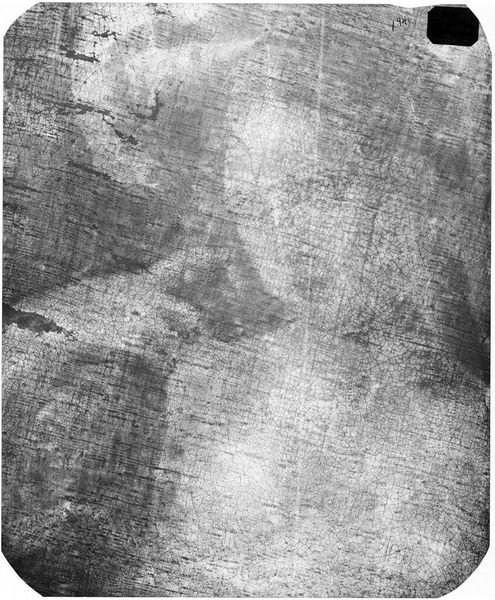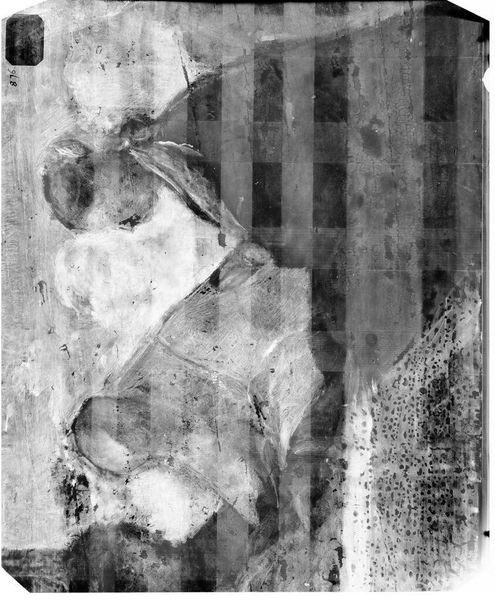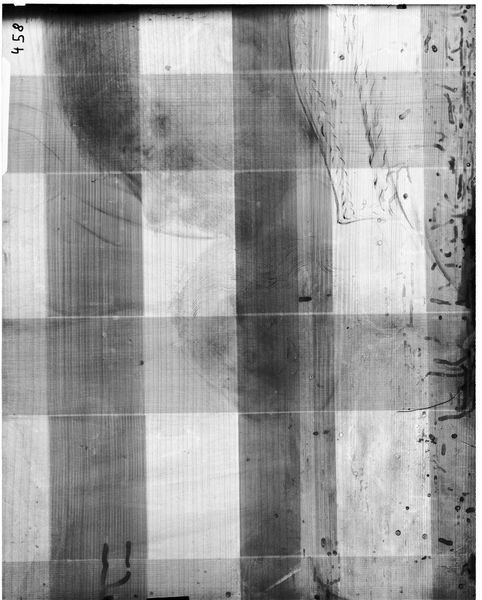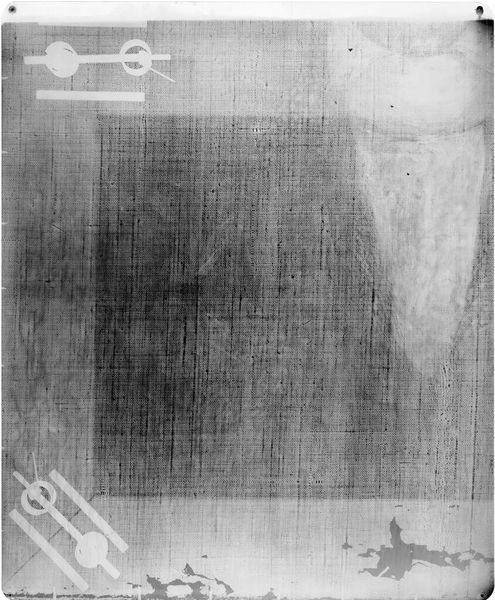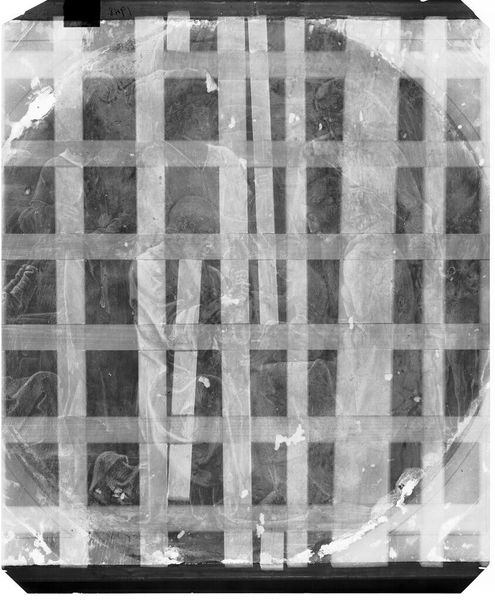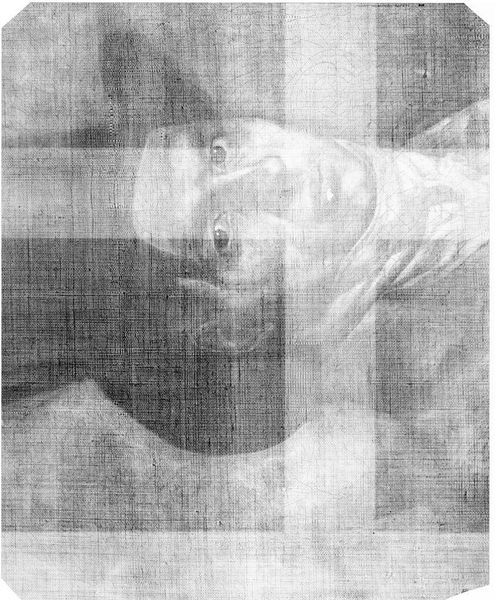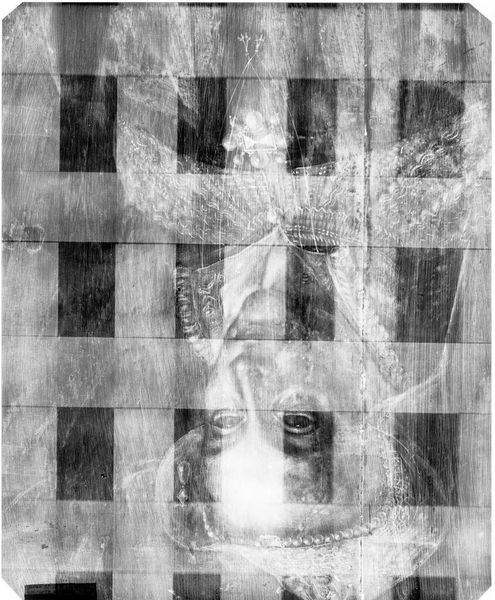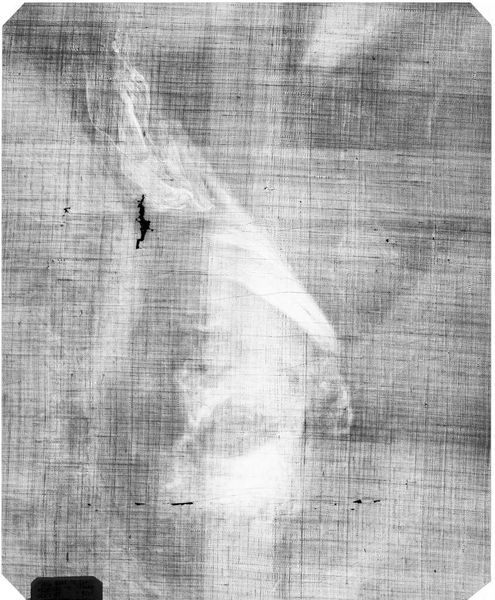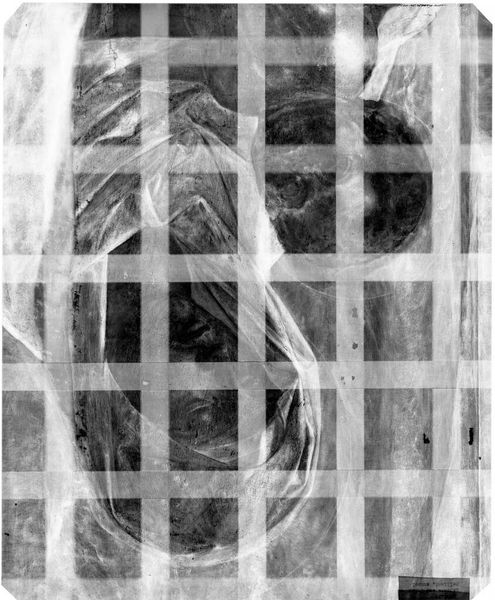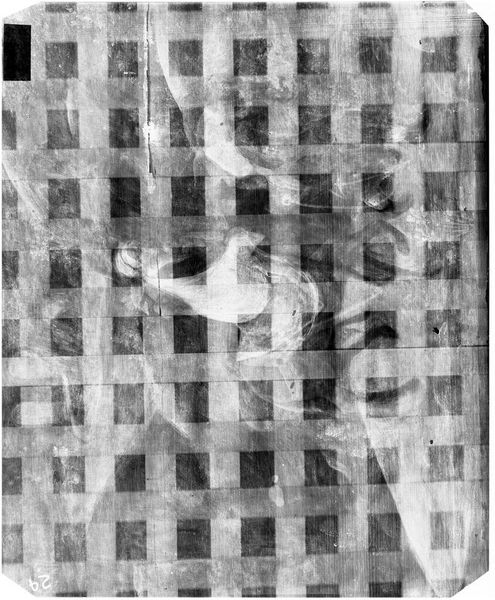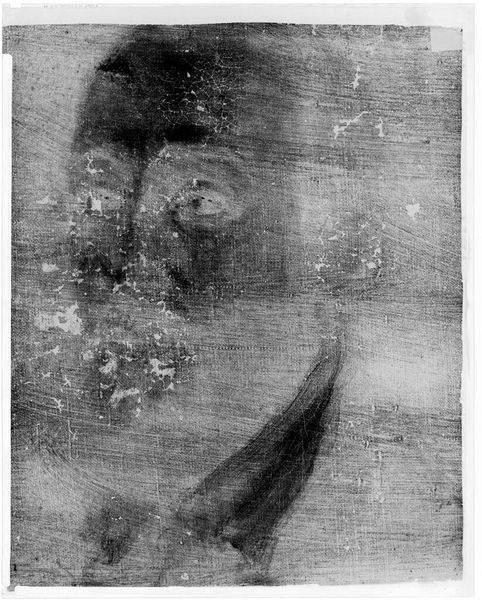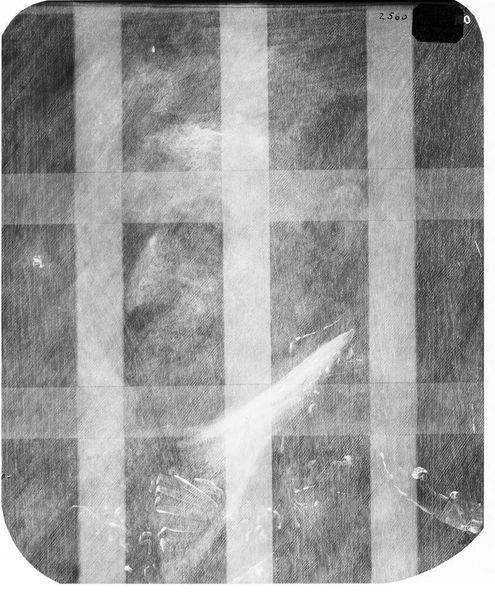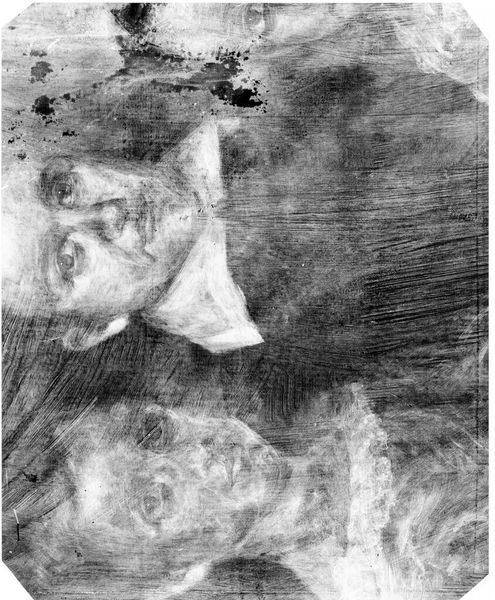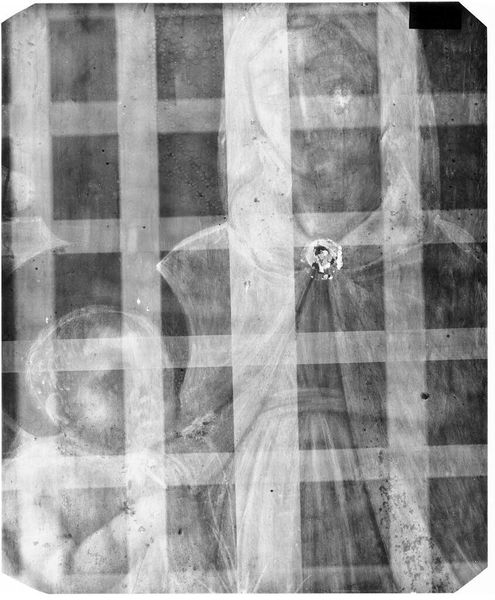
acrylic-paint, impasto
#
abstract-expressionism
#
acrylic-paint
#
form
#
impasto
#
abstract-art
#
line
#
abstract art
#
monochrome
Copyright: Robert Motherwell,Fair Use
Curator: Here we have an Untitled piece from 1967 by Robert Motherwell, created with acrylic paint. It currently resides here at MoMA. Editor: Whoa, immediate impression – a raw explosion restrained by stark monochrome. Like a controlled implosion frozen in time. Gives me a shudder, what about you? Curator: The sheer physicality of the paint application stands out. The splatters and drips—they highlight Motherwell's engagement with chance, but it’s meticulously composed, of course. Abstract Expressionism isn't just flinging paint; it’s a carefully choreographed chaos. We have an excellent impasto texture here. Editor: Choreographed chaos, I like that. But I see a figure struggling, almost embryonic against the harsh white background. The negative space kind of acts like a scream frozen within the form itself. So intense for a seemingly simple artwork! Curator: Remember that Motherwell, especially at this time, was wrestling with existential themes, societal trauma, and a global sense of dis-ease. The starkness here evokes post-war anxiety, and the monochrome is an explicit visual constraint, a limitation deliberately embraced in a period where materials were being heavily redefined. The work reflects, too, on the role of painting itself in making sense of this rapidly changing world. Editor: A lot to unpack with just one splash, huh? Curator: Precisely. We often simplify abstract art but forget the complex web of social, economic, and material conditions influencing the artist and informing the work. Look at the way acrylic paints transformed the possibilities available for abstract art... this new kind of movement was enabled in part by industry innovations, new availability of resources and by the culture of a particular kind of making... Editor: Yeah, totally. It really feels like the black form is actively pushing *against* that white—like fighting the nothingness, fighting silence itself! To experience Motherwell you also become more conscious of yourself. It gets you in touch with your dark and brooding impulses... which is so metal and cool... Curator: Perhaps what is especially noteworthy is how it embodies its moment. As acrylic paint emerged as a commercially available medium in 1960s American Art, artists had brand new capabilities regarding how color was rendered in service of abstraction. Editor: Makes me look at the piece—at myself!—in a new light. A deep dive with a deceivingly simple splash. Curator: Absolutely. A testament to how constraints can sometimes give rise to powerful expressions of human experience.
Comments
No comments
Be the first to comment and join the conversation on the ultimate creative platform.

